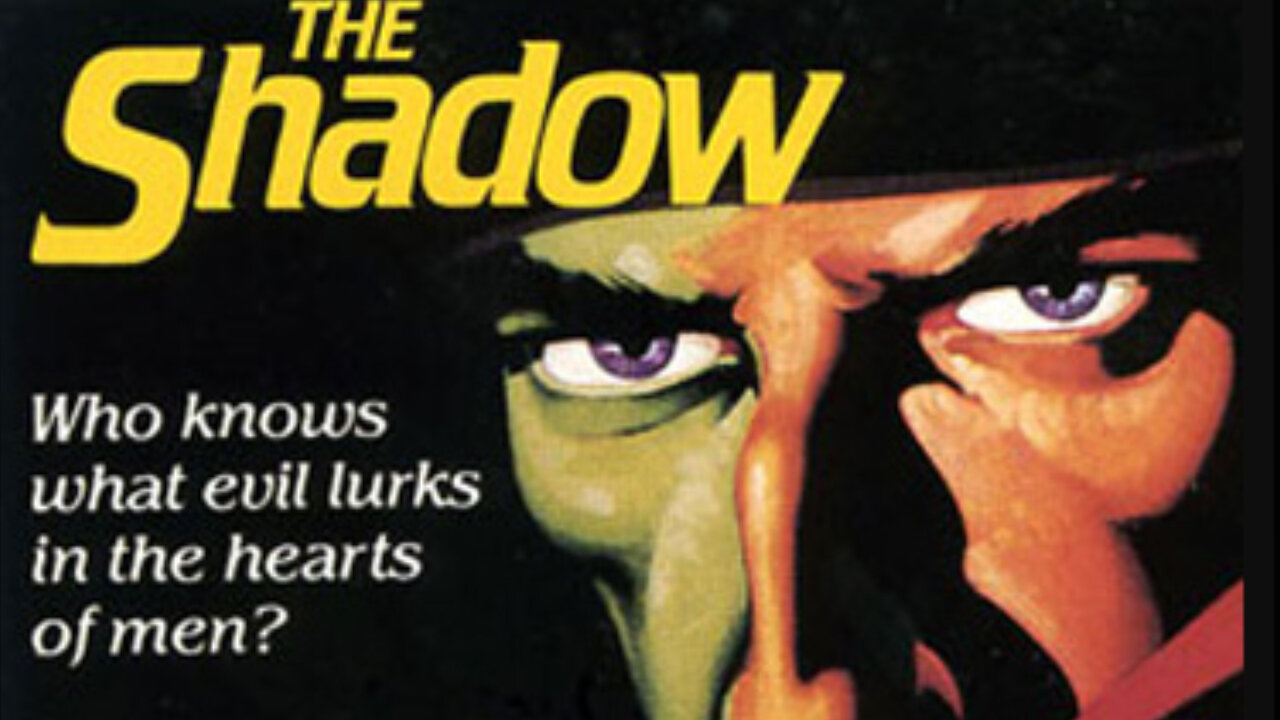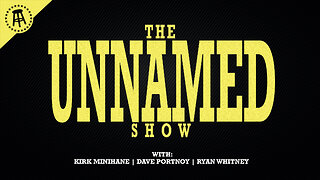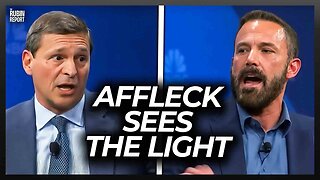Premium Only Content

The Shadow 47/09/07 The Phantom Of The Lighthouse
The Shadow is a collection of serialized dramas, originally in 1930s pulp novels and later in a variety of media. Its title character has been featured on the radio, in a long-running pulp magazine series, in American comic books, comic strips, television, serials, video games, and at least five feature films. The radio drama includes episodes voiced by Orson Welles.
After Welles departed the show in 1938, Bill Johnstone was chosen to replace him and voiced the character for five seasons. Following Johnstone's departure, The Shadow was portrayed by such actors as Bret Morrison (the longest tenure, with 10 years total in two separate runs), John Archer, and Steven Courtleigh (the actors were rarely credited).
The Shadow also inspired another radio hit, The Whistler, with a similarly mysterious narrator.
Margo Lane
The radio drama also introduced Margo Lane (played by Agnes Moorehead, among others) as Cranston's love interest, crime-solving partner, and the only person who knows his identity as The Shadow. Described as Cranston's "friend and companion" in many episodes, the exact nature of their relationship was not explicitly stated, but Margo mentions in the first episode that she loves him and hopes he will retire The Shadow identity and operate without secrecy if the police really need his help. Four years after the radio show began, the character was introduced into the pulp novels as one of The Shadow's agents. Her sudden, unexplained appearance in the pulps annoyed readers and generated a flurry of hate mail printed on The Shadow Magazine's letters page.
In early scripts of the radio drama, the character's name was spelled "Margot." The name itself was originally inspired by Margot Stevenson,[20] the Broadway ingénue who would later be chosen to voice Lane opposite Welles's The Shadow during "the 1938 Goodrich summer season of the radio drama." In the 1994 film in which Penelope Ann Miller played the character, Margo is portrayed as telepathic, making her aware of and able to counter The Shadow's mental abilities.
The Shadow, originally created to be a mysterious radio show narrator, was developed into a distinctive literary character in 1931 by writer Walter B. Gibson.
The Shadow debuted on July 31, 1930, as the mysterious narrator of the radio program Detective Story Hour, which was developed to boost sales of Street & Smith's monthly pulp Detective Story Magazine. When listeners of the program began asking at newsstands for copies of "that Shadow detective magazine", Street & Smith launched a magazine based on the character and hired Gibson to create a concept to fit the name and voice and to write a story featuring him. The first issue of the pulp series The Shadow Magazine went on sale April 1, 1931.
On September 26, 1937, The Shadow, a new radio drama based on the character as created by Gibson for the pulp magazine, premiered with the story "The Death House Rescue", in which The Shadow was characterized as having "the hypnotic power to cloud men's minds so they cannot see him". In the magazine stories, The Shadow did not become literally invisible.
The introductory line from the radio adaptation of The Shadow – "Who knows what evil lurks in the hearts of men? The Shadow knows!" - spoken by actor Frank Readick, has earned a place in the American idiom. These words were accompanied by an ominous laugh and a musical theme, Camille Saint-Saëns' Le Rouet d'Omphale ("Omphale's Spinning Wheel," composed in 1872).
The Shadow, at the end of each episode, reminded listeners, "The weed of crime bears bitter fruit! Crime does not pay...The Shadow knows!"
Some early episodes used the alternate statement, "As you sow evil, so shall you reap evil! Crime does not pay...The Shadow knows!"
For more about The Shadow:
https://en.wikipedia.org/wiki/The_Shadow
-
 59:20
59:20
The Dan Bongino Show
6 hours agoBitter CNN Goes After Me (Ep. 2375) - 11/21/2024
783K2.93K -
 LIVE
LIVE
TheMonicaCrowleyPodcast
1 hour agoThe Monica Crowley Podcast: Mandate into Action
374 watching -
 1:02:09
1:02:09
TheAlecLaceShow
4 hours agoGuests: Alex Marlow & Terry Schilling | Justice For Laken Riley | Russian ICBM | The Alec Lace Show
21.7K7 -
 1:51:15
1:51:15
Danny Haiphong
3 hours ago $8.91 earnedMARK SLEBODA & SCOTT RITTER: NATO ATTACKS RUSSIA, PUTIN FIRES ICBM WARNING SHOT AT UKRAINE—WW3 NEXT?
65.1K8 -
 40:47
40:47
Dave Portnoy
7 hours agoThe Unnamed Show With Dave Portnoy, Kirk Minihane, Ryan Whitney - Episode 37
49.1K2 -
 51:53
51:53
The Rubin Report
4 hours agoCrowd Shocked by Ben Affleck’s Unexpected Take on This Massive Change
86.9K61 -
 2:07:25
2:07:25
Steven Crowder
6 hours agoBREAKING: Russia Launches ICBM for First Time in History - What Happens Next?
467K222 -
 1:39:19
1:39:19
The Shannon Joy Show
7 hours ago🔥🔥While Americans Are Watching WWE Politics: Australia Is Ramping Up MANDATORY Digital ID🔥🔥
52.9K12 -
 2:03:36
2:03:36
LFA TV
17 hours agoTHE FIGHT IN ONLY BEGINNING! | LIVE FROM AMERICA 11.21.24 11am EST
69.2K42 -
 1:18:10
1:18:10
Graham Allen
8 hours agoPutin Vows Peace With Trump But WAR Under Biden!! + 400,000 Kids Are MISSING?!
136K247